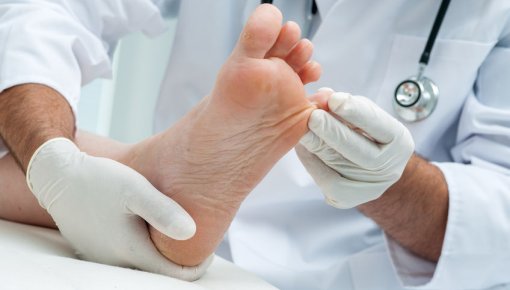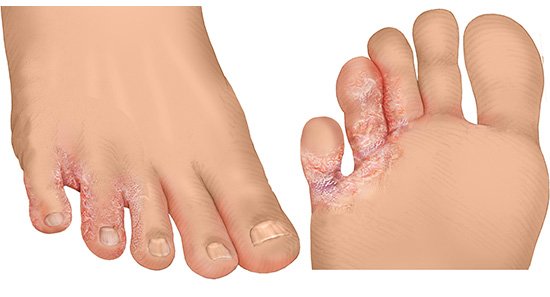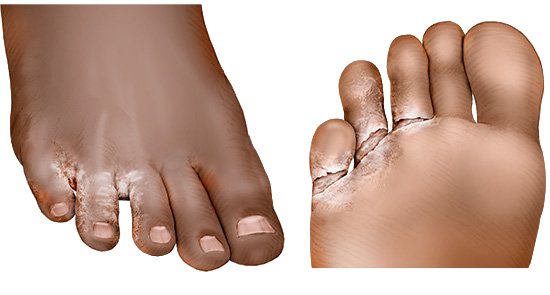Crawford F, Hollis S. Topical treatments for fungal infections of the skin and nails of the foot. Cochrane Database Syst Rev 2007; (3): CD001434.
Crawford F, Young P, Godfrey C et al. Oral treatments for toenail onychomycosis: a systematic review. Arch Dermatol 2002; 138(6): 811-816.
Moriarty B, Hay R, Morris-Jones R. The diagnosis and management of tinea. BMJ 2012; 345: e4380.
Pschyrembel online. Tinea pedis. 2025.
Rotta I, Otuki MF, Sanches AC et al. Efficacy of topical antifungal drugs in different dermatomycoses: a systematic review with meta-analysis. Rev Assoc Med Bras 2012; 58(3): 308-318.
Schmeller W, Stingl P, Bendick C. Dermatosen aus 3 Kontinenten. Bildatlas der vergleichenden Dermatologie. Stuttgart: Schattauer; 2005.
Weinstein A, Berman B. Topical treatment of common superficial tinea infections. Am Fam Physician 2002; 65(10): 2095-2102.
IQWiG health information is written with the aim of helping people understand the advantages and disadvantages of the main treatment options and health care services.
Because IQWiG is a German institute, some of the information provided here is specific to the German health care system. The suitability of any of the described options in an individual case can be determined by talking to a doctor. informedhealth.org can provide support for talks with doctors and other medical professionals, but cannot replace them. We do not offer individual consultations.
Our information is based on the results of good-quality studies. It is written by a team of health care professionals, scientists and editors, and reviewed by external experts. You can find a detailed description of how our health information is produced and updated in our methods.



